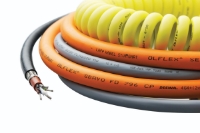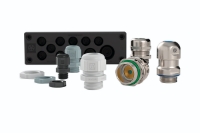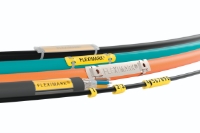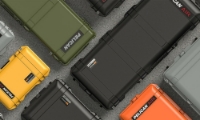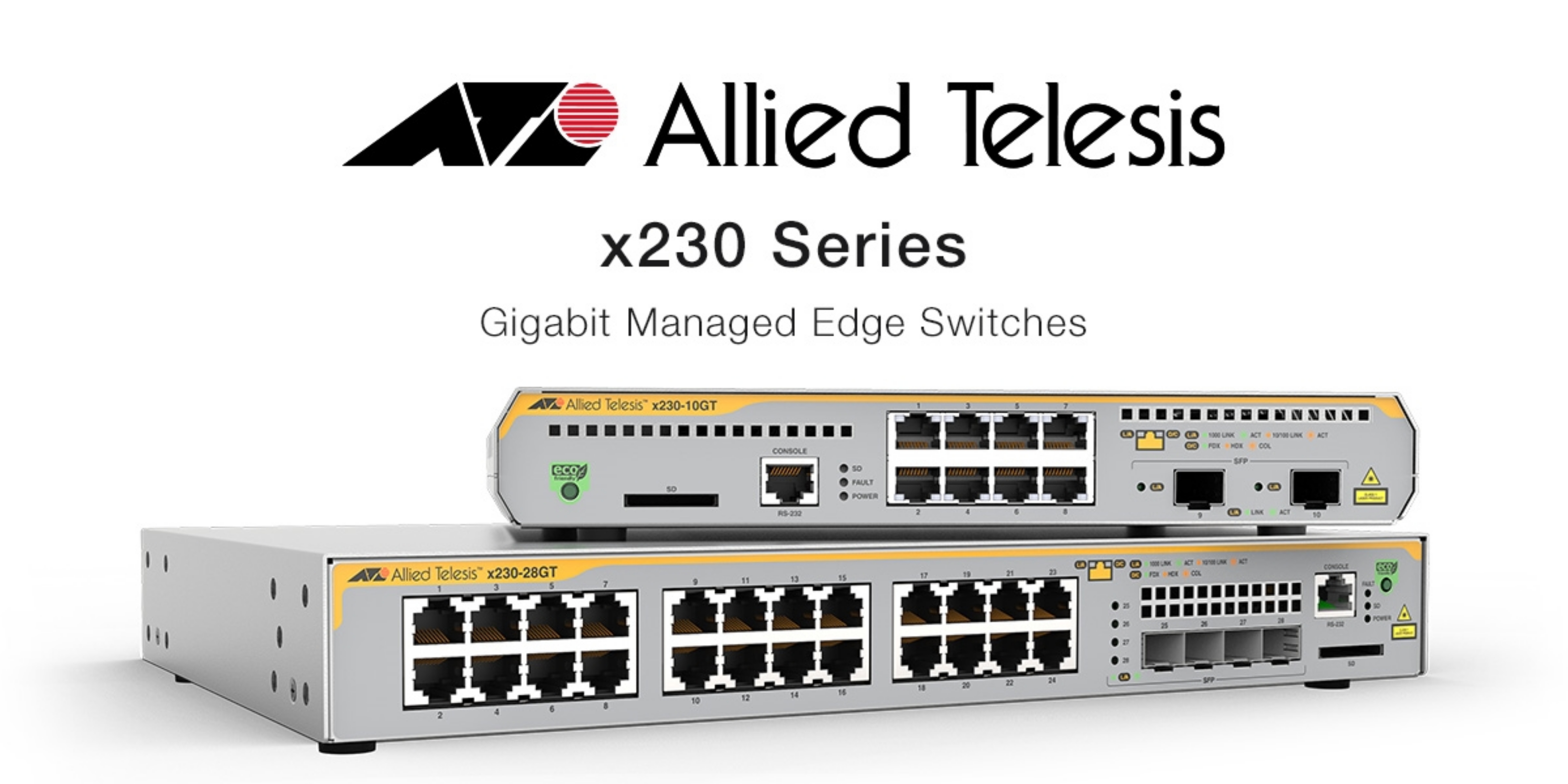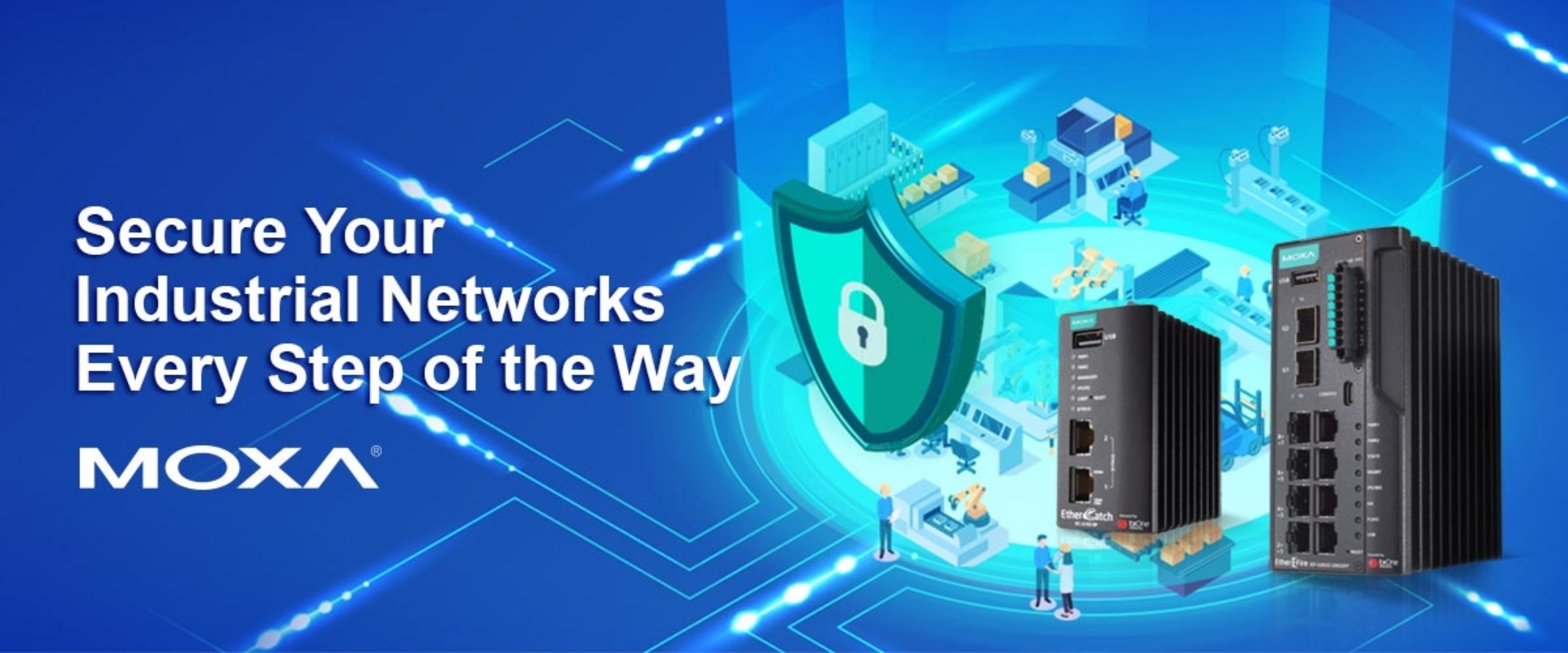ECS are proud to announce we are now an authorised reseller of Allied Telesis industrial and commercial Network and Communication Devices. At ECS, we believe Allied Telesis will complement our ever-growing portfolio of high-quality brands with their dynamic range of high-end "Japanese Engineered" products.

